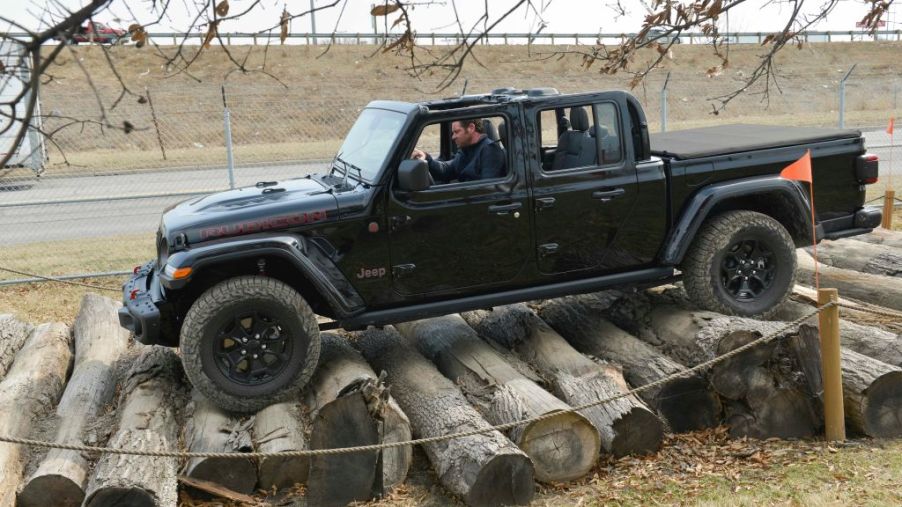
What Is a Locking Differential?
We see it a lot. A locking differential is a desired option for off-roaders like the Toyota Tacoma and the Jeep Wrangler. But what exactly does it mean? Why does it help when you’re out driving on the trails? It’s one of those mechanical concepts that might seem complicated at first but once you realize what it means it is actually pretty simple.
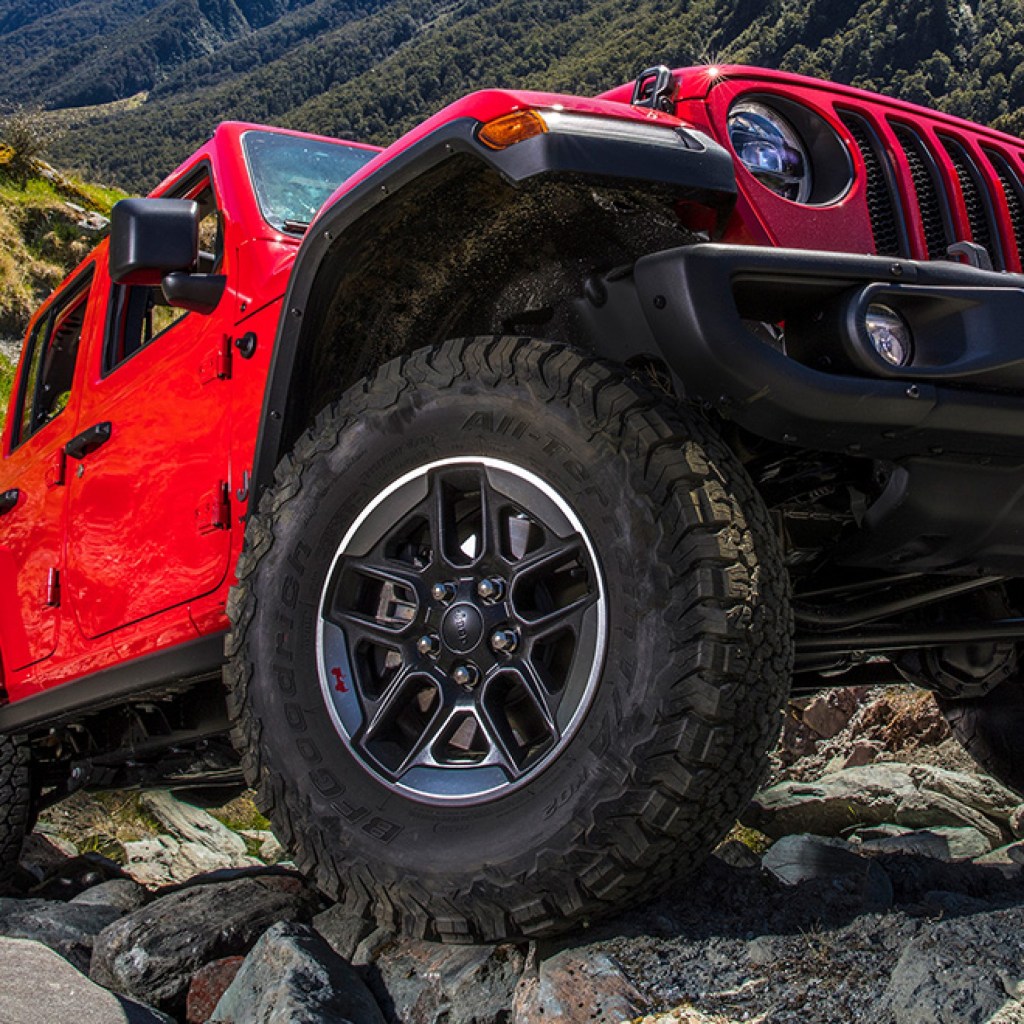
So, let’s take a look at the mechanics of a locking differential to see what it is. Then we can apply that knowledge to why it might help us in off-roading situations. After that, we can check out what a limited slip differential is, too, and go over some examples of different popular vehicles with these options.
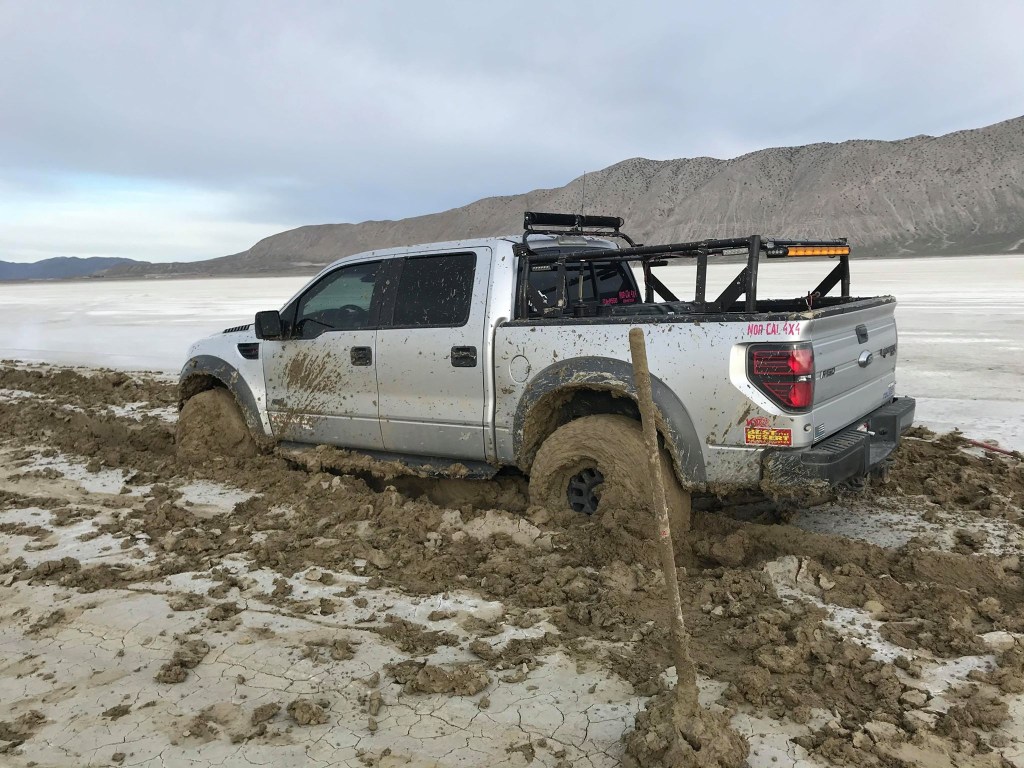
Locking differential
When a differential is locked, each wheel on the axle spins at the same speed. With an open differential, one tire can lose traction. Therefore, the opposite tire will operate with reduced torque. This means that it’s possible the vehicle ends up with one wheel on a slippery surface spinning away, while the other tire on the axle is left wanting more toque. Even though it’s the tire with more traction, the other tire that’s slipping is getting too much of the kinetic energy and robbing the tire with more traction of the torque it requires to move the vehicle.
Today, a traction control system will make up for the spinning of a slipping wheel by activating the brakes. This creates a torque reaction. By comparison, we see how a locking differential is useful on slippery or uneven terrain. Snow, sand, mud, etc. are conditions in which a locked differential can significantly affect what a vehicle like the Jeep Wrangler or Toyota Tacoma is capable of. With a locked differential, the torque will still flow to whichever wheel has more traction. That is because when the differential is locked, the two wheels that are on the same axle spin at the same speed.
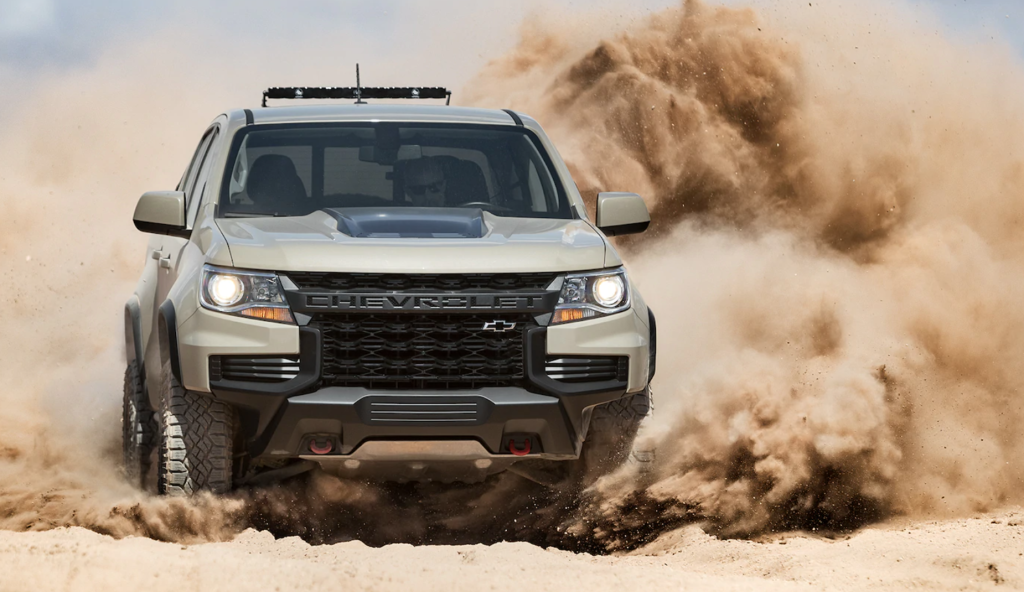
Limited-slip differential
A limited-slip differential is basically a meeting of the two concepts. You get the benefit of the open differential on conditions such as dry pavement, but when the terrain becomes more slippery or uneven, the differential locks to provide enough torque to the wheel with more traction. Either a clutch pack(like in the video below), a viscous fluid, or a specifically engineered geartrain enable the differential to lock. This depends on the mechanics of a particular vehicle.
What vehicles have a locking differential?
According to Car and Driver, designated off-road vehicles such as the Jeep Wrangler or the Mercedes-Benz G-Class SUVs have the option for a locking differential. Also, the Toyota Tacoma pickup truck has locking differential ability––according to Toyota. Additionally, many other pickup trucks have the option for a locking differential.
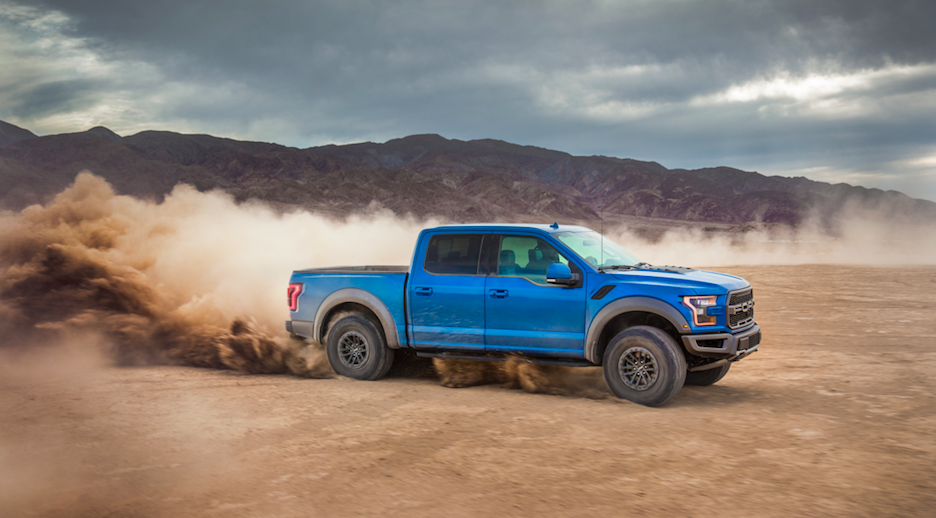
Cars with a limited-slip differential, according to AutoBytel, include the M line of BMW cars, the Cadillac ATS, and the Chevrolet Camaro. There are several cars that have a limited-slip differential as an option, as well. It’s good to ask about a vehicle’s drivetrain and mechanics before leasing or buying so that you understand more about how it works when you drive it.



